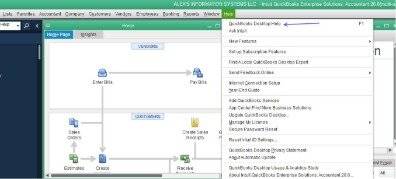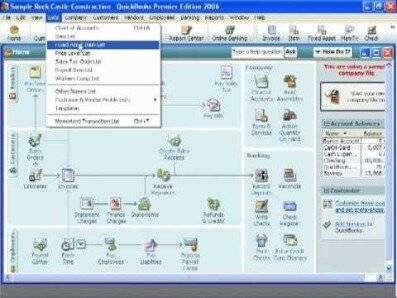Cost Principle Implications and Exceptions of Cost Principle with example
Content

As assets, they are intended to provide future economic benefits to the firm for a certain period of time, usually some years. The cost of plant assets in the financial record must be in line with Generally Accepted Accounting Principles . This usually means recording the value of the asset at cost in the firm’s books.
The other exception is accounts receivable, which should be displayed at their net realizable balance, which is the amount expected to be collected when the debt to your company is settled. In essence, it is the unchanging anchor with which the accounting can be pinned to accurately portray the business reality. Inaccurate identification of marginal costs and benefits can result in erroneous decisions. In an ideal scenario, the stakeholders – investors and creditors, would prefer to know every piece of information about a company in which they have invested. However, such a large volume of information entails a significant amount of financial cost.
Challenges with Historic Cost Principle
However, some highly liquid assets are subject to exception of historical cost concept. For example, investments in debt or equity instruments of other enterprises that are expected to be converted into cash in near future are shown in the balance sheet at their current market value. Similarly, accounts receivable are presented in the balance sheet at their net realizable value. Net realizable value is the approximate amount of cash that a company expects to receive from receivables at the time of their collection. In the world of financial reporting, there are five acceptable measurement bases for an asset. These are historical cost, current replacement cost, current market value, net realizable value, and present value.
What is the cost principle in US GAAP?
The historical cost principle is a basic accounting principle under U.S. GAAP. Under the historical cost principle, most assets are to be recorded on the balance sheet at their historical cost even if they have significantly increased in value over time. Not all assets are held at historical cost.
Like when a company uses their old car and trade-in for a new car. The record would be the new vehicle cost as the cash paid and the trade-in vehicle value. This ensures that the asset value reported on your balance sheet is consistent from period to period, that there is a means to verify the cost of the asset, and that asset value is not manipulated. While it’s clear that using the cost principle has its advantages, there are also a few downsides as well.
Understanding Historical Costs
However, years after the acquisition, YouTube’s value increased by many folds because of its popularity, and its base increased because of the rise in internet users and net speed. But in the books of Google, its value remains at $1.65 billion. Usually, if the asset’s fair value is higher, then companies won’t increase the value of the asset. Assets that have a quoted, market-ready value should be recorded at their current market value. Accountants must use the same financial procedures when reporting financial information.
Manu Prakash receives Roland Volunteer Service Prize – Stanford … – Stanford University News
Manu Prakash receives Roland Volunteer Service Prize – Stanford ….
Posted: Mon, 06 Mar 2023 13:59:13 GMT [source]
For example, debt instruments are What Is The Cost Principle And Why Is It Important? in the balance sheet at their original cost price. The principle states that a company or business must account for and record all assets at the original cost or purchase price in their balance sheet, and it also applies to liabilities. In the accounting records, following the cost concept of accounting, the value of the building will be entered at its cost price (i.e., $100,000). An asset becomes impaired when undergoes a sharp drop in its recoverable value—if it is worth less than its carrying value, it’s considered impaired.
Historical Cost Advantages and Disadvantages
They are built over time and not acquired or built by incurring a cost. Since they do not have initial costs, they cannot be recorded on the company’s balance sheet due to the cost principle. Ensuring the consistency of your financial statements from one accounting period to the next is facilitated by using the historical cost concept. The relevance of this procedure is increased when it is communicated to other stakeholders, such as investors and lenders, who have access to the balance sheet. Valuing assets at historical cost prevents overstating an asset’s value when asset appreciation may be the result of volatile market conditions. According to the cost principle, transactions should be listed on financial records at historical cost – i.e. the original cash value at the time the asset was purchased – rather than the current market value.

Any valuation basis other than historical cost may create serious issues for companies. For example, if a company uses current market value or sales value rather than historical cost, each member of accounting department is likely to suggest a different value for each asset of the company. However, under the cost concept, the accounting records will continue to show the value of the building at the cost price of $100,000 less depreciation. Under the cost concept of accounting, an asset should be recorded at the cost at which it was purchased, regardless of its market value. The cost concept of accounting states that all acquisitions of items (e.g., assets or items needed for expending) should be recorded and retained in books at cost. Large physical assets that are intended to provide a future economic benefit to the purchasing firm are considered plant assets.

